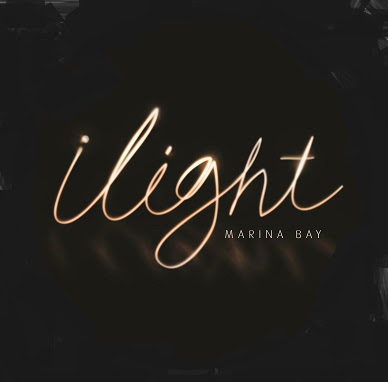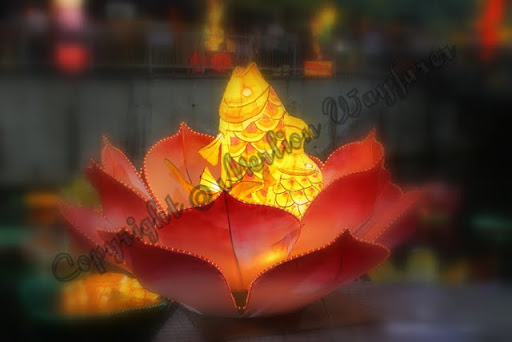The Fullerton Waterboat House
Singapore River
September 2015
Brewing a great cup of coffee is both and art and a skill, made with passion and precision. This evening, Merlion Wayfarer was honoured to be able to attend a Coffee Seminar at Starbucks. The event was held at Starbucks' 100th Store at The Fullerton Waterboat House.
Singapore River
September 2015
Brewing a great cup of coffee is both and art and a skill, made with passion and precision. This evening, Merlion Wayfarer was honoured to be able to attend a Coffee Seminar at Starbucks. The event was held at Starbucks' 100th Store at The Fullerton Waterboat House.
To give this historically-rich building a modern take yet preserve its maritime history, this iconic outlet sports a nautical-themed interior and is the biggest fully air-conditioned store in Singapore. Pillars in the store are decked out with ropes while counter tops feature round edges inspired by the elegantly curved facade and curved balconies of the building.
The Starbucks Coffee Seminar starts with a seat at a table.
Placed on your table is a platter containing these items:
A cup of water, a cross-section of lemon, a slice of lime, a few petals of star anise,
some cinnamon sticks, bits of yellowish lemon zest, an orchid and some rose petals...
A cup of water, a cross-section of lemon, a slice of lime, a few petals of star anise,
some cinnamon sticks, bits of yellowish lemon zest, an orchid and some rose petals...
Half-cover your coffee brew with your pal. Then smell each item. Open your palm and take a deep breath. Can you tell which flavours and aromas are in your coffee? Each coffee-producing region of the world is known for its own unique beans.
This was the first time that Merlion Wayfarer experienced the Starbucks Slow Bar with a manual Bali brew from the Clover machine.
It is said that Starbucks CEO Howard Schultz purchased the simply-named start-up Coffee Equipment Company after trying a cup brewed by a Clover machine and declaring it to be "the best cup of brewed coffee I have ever tasted". In fact, this outlet is the first in Singapore offering a split-bar concept with a Clover machine where coffee lovers can fully experience the depth of each blend.
Starbucks Reserve coffees are made from rare and exquisite beans which have been hand sourced from around the globe for their unique flavours. The Bali Vintage Klasik is described as "sweet lemon and caramel notes with a nutty finish". According to the label, what makes this coffee distinct from its Indonesian neighbors is the processing method. Balinese coffees were traditionally fully washed and dry-hulled, a style yielding exceptional quality, but so labour-intensive that many farmers moved to faster processing methods. Now three villages have returned to "vintage" processing. The result is a coffee with familiar washed Indonesian herbal low notes, yet with floral and citrus sweetness not found in coffees from this region.
The result is not the kind of coffee you add milk or sugar to, and it sure does not begin with anything instant. Don't expect your drink in 5 minutes. Not even 10. Be prepared to spend at least half an hour here at the Slow Bar to enjoy your cuppa.
Coffee is loaded from the top of the machine into an electronically-controlled piston,
with water from a tap above added.
with water from a tap above added.
The process is indicated on the display, right down to the exact second.
After some stirring and brewing time, the piston pushes the coffee "cake" upwards,
with a 70-micron mesh drawing the grounds up to the top of the machine.
At the same time, a vacuum sucks the coffee itself out of the bottom, into a waiting container.
The immediate consequence of the Clover machine and its precision may not necessarily better coffee, after all, coffee tastes can be quite personal, but instead more attention to coffee. By creating this rigorous laboratory-like precision brewing environment, the Clover machine encourages baristas to explore the nuances of different beans, where and how they were grown, dried, sorted and roasted. Coffee drinkers can now customize their coffee to taste (more citrus blends anyone?) by making minute changes to brewing time, temperature, and quantity of water. And coffee can now be described with the width of wine palate vocabulary.
Another option available at the Slow Bar - The French Press, comprising of a narrow cylindrical beaker, usually made of glass or clear plastic, equipped with a metal or plastic lid and plunger that fits tightly in the cylinder and has a fine wire or nylon mesh filter.
Pourover coffee starts with (freshly) ground coffee, a filter, and a filter holder, often called a "pourover dripper". At the most basic level, pourover brewing involves pouring water over and through the grounds to extract the coffee flavors into your cup or serving vessel.
It's not that simple. Firstly, the water is not just poured directly into the cup at one shot. Instead, brief breaks between each "pour" are required.
Pourover brewing continuously replenishes the liquid surrounding the coffee grounds with new, fresher water. This promotes a faster, more efficient brew with each fresh pour extracting more from the surface layers of the grounds. Pouring one stream of water, rather than from a few little streams results in a brewing environment a few degrees higher, just from reducing the surface temperature loss from those narrow water streams.
Start by pouring at the centre of the cone, and working your way out to the sides in a circular motion. One of the major byproducts of roasting coffee is carbon dioxide gas. When the coffee grounds are doused with hot water, this gas is able to escape and it bubbles out. The problem is that if carbon dioxide gas is going out, water is not able to get in. Hence, the need for regular pauses.
Just enough brewing water is poured to wet all of the grounds. Then stop and wait for about 30 seconds to let the carbon dioxide escape. The coffee grounds will then swell and expand, resulting in what coffee professionals call a "bloom."
The shiny "crystals" simmering on the top of the coffee...
From now till September 2016, as part of the "One Tree For Every Bag" initiative, Starbucks will distribute coffee trees to farmers who have been most impacted by coffee rust, a plant fungus that damages millions of coffee trees around the world, making it harder for farmers to produce high-quality coffee for the entire industry. Do your part to support the coffee farming community by purchasing a bag of coffee today.








































